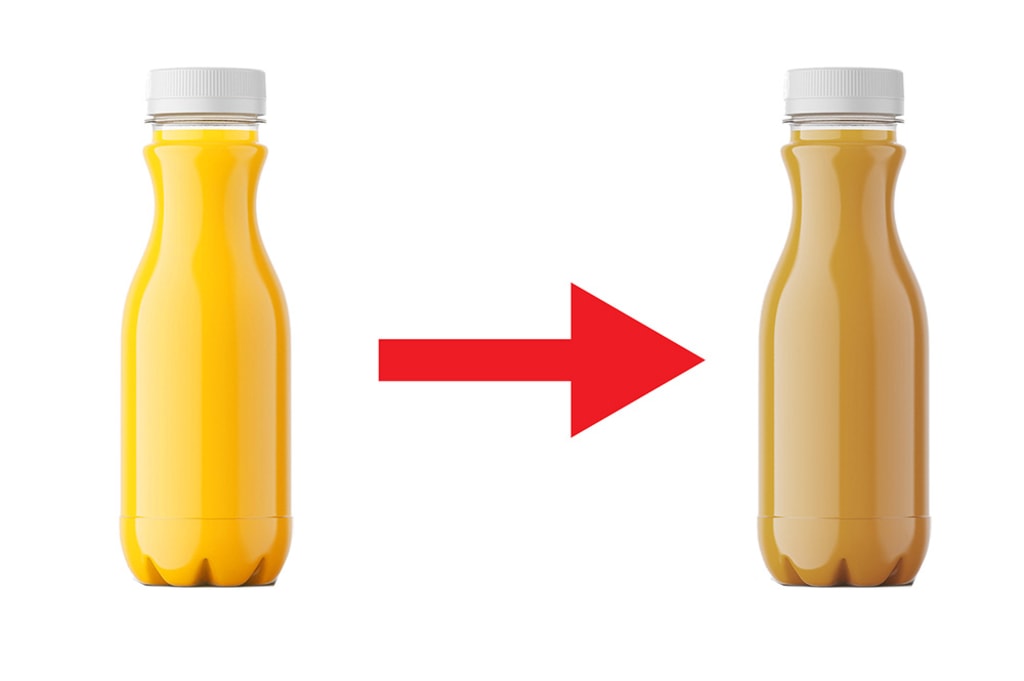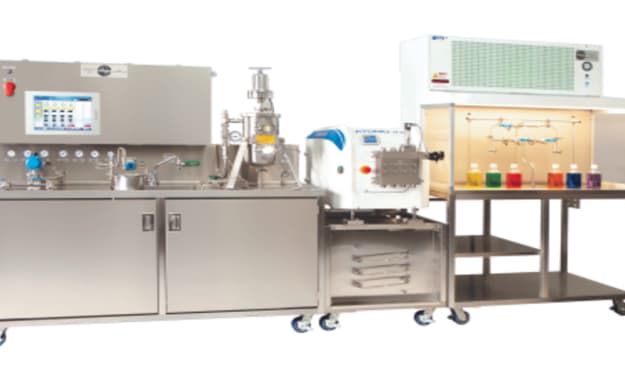Keeping it Clean: A Guide to Sterilizing Lab Equipment
Sterilizing Lab Equipment

In the world of laboratories, maintaining a sterile environment is paramount. From ensuring the accuracy of experiments to protecting researchers from harmful pathogens, sterilization is a crucial practice. But with a vast array of equipment and materials, choosing the right sterilization technique can be daunting. This blog post will delve into the various methods for sterilizing lab equipment, helping you select the most effective approach for your specific needs.
Understanding Sterilization vs. Disinfection
Before diving into methods, it's important to distinguish between sterilization and disinfection. Sterilization eliminates all forms of microbial life, including bacteria, viruses, and spores. Disinfection, on the other hand, significantly reduces the number of microorganisms but doesn't necessarily eliminate them all.
In most laboratory settings, sterilization is the preferred method, especially when working with cultures, sterile solutions, or experiments involving aseptic techniques.
Common Methods for Sterilizing Lab Equipment
Here's a breakdown of the most widely used sterilization techniques in laboratories:
Autoclaving: This is the gold standard for sterilization, utilizing pressurized steam (typically at 121°C and 15 psi) to kill all microorganisms and spores. Autoclaves are ideal for a wide range of heat-resistant equipment, glassware, media, and liquids. However, certain materials like plastics and electronics might be damaged by the high temperatures.
Dry Heat Sterilization: This method employs hot air ovens at temperatures exceeding 160°C for a set time. It's particularly useful for sterilizing items that cannot withstand moisture, such as glassware coated with oils, powders, or instruments. However, dry heat penetration can be slower compared to autoclaving, requiring careful attention to exposure times.
Filtration: This technique involves passing liquids or gases through a membrane with pores small enough to exclude microorganisms. It's a rapid and non-destructive method, often used for sterilizing culture media, buffers, and other heat-sensitive solutions. The choice of filter membrane depends on the size of the target organism you want to eliminate.
Chemical Disinfection: Certain chemicals, like ethanol (alcohol) and bleach solutions, can be used to disinfect surfaces and non-critical equipment. They are effective against a broad spectrum of bacteria and viruses but may not be sporicidal (meaning they don't kill spores). Additionally, some chemicals can be corrosive or leave residues on surfaces.
Ultraviolet (UV) Radiation: UV light can be used to disinfect surfaces and air within biosafety cabinets. It disrupts the DNA of microorganisms, rendering them inactive. However, UV light has limited penetration and requires direct line-of-sight exposure to be effective.
Choosing the Right Sterilization Method
The most suitable sterilization method depends on several factors:
Type of equipment or material: Consider the material's heat tolerance and compatibility with different sterilization techniques.
Microorganisms you're targeting: Some methods are more effective against specific types of microorganisms like spores.
Biosafety level: Higher biosafety levels might necessitate specific sterilization procedures.
Availability of equipment: Not all labs have access to every sterilization method.
Safety Considerations
Always prioritize safety when sterilizing lab equipment. Here are some key points to remember:
Follow established protocols: Each sterilization method has specific guidelines for use. Adhere to these protocols to ensure effectiveness and safety.
Personal protective equipment (PPE): Wear appropriate PPE like gloves, eye protection, and lab coats when handling equipment and chemical disinfectants.
Proper disposal of waste: Dispose of contaminated materials and used disinfectants according to lab regulations.
Conclusion
Maintaining a sterile environment is a cornerstone of responsible laboratory practices. By understanding the various sterilization methods and their applications, you can ensure the accuracy of your research while safeguarding yourself and others from potential hazards. Remember, consulting with your lab supervisor or safety officer is vital for determining the most appropriate sterilization protocol for your specific needs.
About the Creator
Enjoyed the story? Support the Creator.
Subscribe for free to receive all their stories in your feed. You could also pledge your support or give them a one-off tip, letting them know you appreciate their work.






Comments
There are no comments for this story
Be the first to respond and start the conversation.